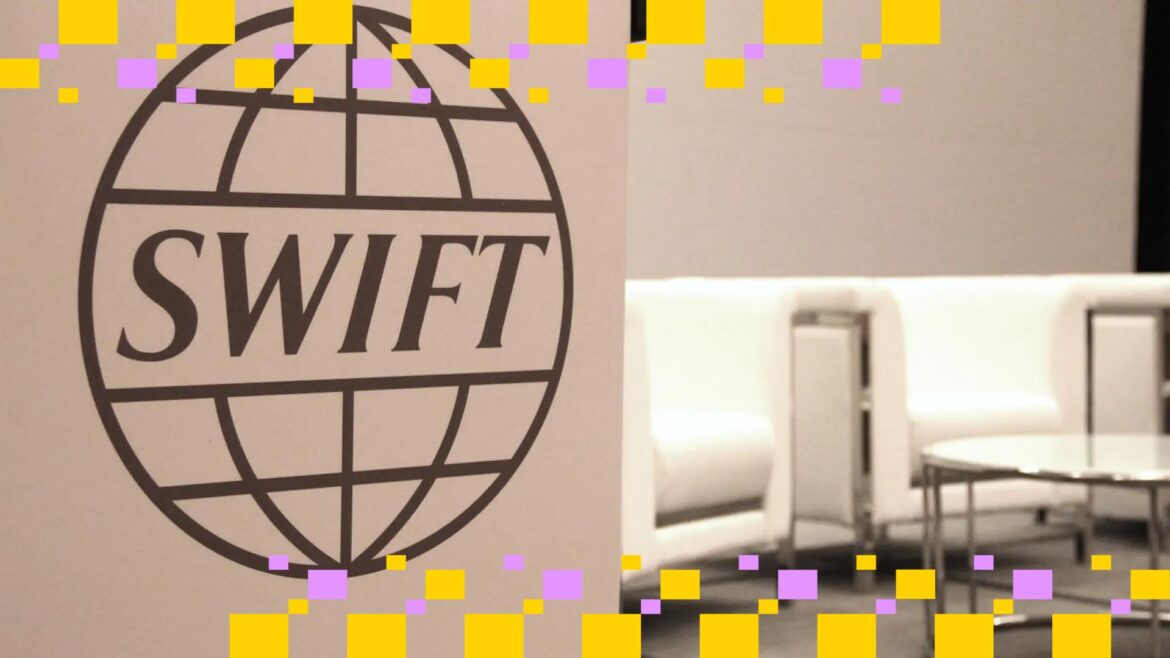Trusted Editorial content, reviewed by leading industry experts and seasoned editors. Ad Disclosure
Visa is launching a stablecoin prefunding pilot through Visa Direct, in a bid to make cross-border payments faster and more flexible.
Visa Direct Will Utilize Stablecoins For The First Time
Payments giant Visa has announced a new pilot program for Visa Direct, the firm’s real-time global payments platform. According to the announcement, which occurred at Sibos 2025, businesses will be able to prefund cross-border payments with stablecoins, cryptocurrencies pegged to a fiat currency.
Until now, Visa Direct users could only prefund their international payments using fiat. Such transactions were slow, sometimes taking days, forcing businesses to park their capital in advance. With the use of stablecoins, however, settlement can occur in minutes.
Chris Newkirk, President, Commercial & Money Movement Solutions at the company, said:
Cross-border payments have been stuck in outdated systems for far too long. Visa Direct’s new stablecoins integration lays the groundwork for money to move instantly across the world, giving businesses more choice in how they pay.
Pre-funding with these fiat-tied currencies works just like with fiat: Visa treats the tokens as “money in the bank.” Recipients, however, aren’t forced to get paid in stables; they can choose to receive in their local currency instead.
With the new pilot, businesses will have the advantage of having better access to capital, as they won’t have to park it up in advance for as long as with the current fiat system. As for who can use the Visa Direct pilot right now, the payment card services company has noted that it’s only open to select partners that meet the criteria. The firm expects the pilot to move into limited availability by April 2026.
Visa said in the press release:
By combining the scale and trust of Visa’s global network with the programmability of blockchain and by partnering with leading payment providers on prefunding use cases, Visa is helping modernize cross-border payments for businesses, financial institutions and consumers worldwide.
Visa isn’t the only financial institution that has made a move toward modernizing cross-border payments during Frankfurt’s Sibos 2025. Payments messaging platform SWIFT has also announced a shared ledger developed with 30+ major global banks based on the blockchain, the technology that powers digital assets like Bitcoin and stablecoins.
Bitcoin Has Retraced Some Of Its Recovery Over The Past Day
Bitcoin exceeded the $114,700 mark on Monday in what looked like the return of bullish momentum, but the rally seems to have already run out of steam as the cryptocurrency has returned to the $112,800 level.
The chart below shows how the coin’s recent performance has looked:
The trend in the BTC price over the last five days | Source: BTCUSDT on TradingView
One warning sign that may have already been there could be the sharp surge in the Open Interest that accompanied the price surge, as CryptoQuant community analyst Maartunn pointed out in an X post.
The data for 24-hour percentage change in the BTC Open Interest | Source: @JA_Maartun on X
A sudden large jump in speculative activity can often lead to volatility for Bitcoin, which may be what happened this time as well.
Featured image from Dall-E, CryptoQuant.com, chart from TradingView.com
Editorial Process for bitcoinist is centered on delivering thoroughly researched, accurate, and unbiased content. We uphold strict sourcing standards, and each page undergoes diligent review by our team of top technology experts and seasoned editors. This process ensures the integrity, relevance, and value of our content for our readers.










